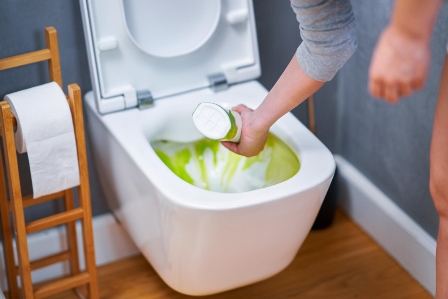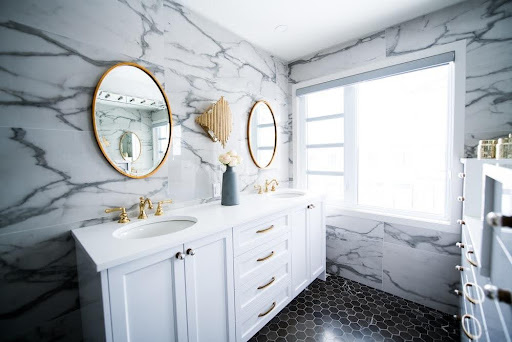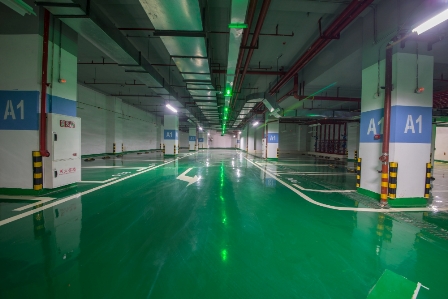Clogged toilets can be a source of frustration and embarrassment, especially when a plunger is not readily available. In this article, we’ll explore alternative methods for unclogging a toilet without the use of a plunger, even when faced with a challenging situation involving solid waste.
Understanding the Issue
Understanding the issue of toilet clogs involves recognizing the various types of blockages, from minor inconveniences to more severe obstructions caused by solid waste. By pinpointing the factors contributing to these clogs, individuals can take informed steps to prevent them and address the issue when it arises.
Preparation for Unclogging
Before diving into the methods, it’s essential to take safety precautions and gather the necessary tools and materials. This ensures a smooth and risk-free unclogging process.
Method 1: Hot Water and Dish Soap
One effective approach involves using hot water and dish soap. This method not only helps break down waste but also prevents the recurrence of clogs. Follow these steps for a hassle-free experience.
Method 2: Baking Soda and Vinegar
Another popular DIY method involves the use of baking soda and vinegar. This chemical reaction can help dislodge clogs and keep your toilet running smoothly. Learn the step-by-step process and the science behind this approach.
Method 3: DIY Drain Snake
For those who enjoy a hands-on approach, creating a DIY drain snake at home can be an effective way to clear obstructions. Discover the materials needed and tips on using this simple tool.
Method 4: Epsom Salt and Shampoo
A unique yet effective method involves combining Epsom salt and shampoo. This mixture aids in breaking down waste and restoring proper toilet function. Learn the correct proportions and application technique.
Method 5: Boiling Water and Salt
Boiling water, when combined with salt, can serve as a powerful unclogging solution. However, caution is advised to prevent damage to your plumbing. Understand the precautions and steps involved in using this method.
Common Mistakes to Avoid
Unclogging a toilet requires careful attention and the right approach. However, certain common mistakes can exacerbate the situation, making it essential to steer clear of these pitfalls. Here are two crucial points to consider:
Overusing Chemical Drain Cleaners:
- Mistake: Resorting to chemical drain cleaners as a first line of defense can be tempting, but overuse can lead to more harm than good. These harsh chemicals may damage your plumbing over time, causing deterioration and potentially exacerbating the clog.
- Solution: Instead of relying solely on chemical drain cleaners, explore alternative, gentler methods such as hot water, natural enzymes, or DIY mixtures. These options effectively address clogs without the potential long-term damage associated with harsh chemicals.
Ignoring Early Signs of a Developing Clog:
- Mistake: Neglecting subtle signs of a developing clog is a common error. Early indicators such as slow drainage or gurgling sounds should not be dismissed. Ignoring these warnings may lead to more severe blockages over time.
- Solution: Stay vigilant for early signs of a potential clog and address them promptly. Adopt preventive measures such as regular cleaning and mindful waste disposal to minimize the risk of clogs. Taking action at the first signs of trouble can prevent the need for more drastic unclogging methods later on.
Maintenance Tips
Integrating simple yet effective maintenance tips into your regular household routine can significantly contribute to the longevity and efficient operation of your toilet. Here are some points to ensure a trouble-free bathroom experience:
Regular Cleaning Routine:
- Scheduled Cleanings: Incorporate a consistent schedule for cleaning your toilet. Regular cleanings, at least once a week, help prevent the buildup of grime, mineral deposits, and bacteria.
- Mild Cleaning Agents: Use mild cleaning agents, such as a mixture of baking soda and vinegar, to avoid damaging the porcelain and internal components. This ensures a thorough clean without compromising the integrity of your toilet.
Proper Waste Disposal Practices:
- Mindful Flushing: Educate household members on what is flushable and what is not. Only flush toilet paper and human waste to prevent the introduction of non-biodegradable items into your plumbing system.
- Septic-Safe Products: If you have a septic system, choose septic-safe toilet paper to ensure it breaks down easily, reducing the risk of clogs in your septic tank.
Regular Inspections and Prompt Repairs:
- Leak Checks: Periodically inspect your toilet for any signs of leaks. Leaks, if left unattended, can lead to water wastage and potential water damage.
- Prompt Repairs: Address any issues promptly. If you notice irregularities in the flush mechanism or any signs of wear and tear, take immediate action to prevent further damage and maintain optimal functionality.
When to Call a Professional

While DIY methods can address many toilet clogs, there are situations where the expertise of a professional plumber is essential. Recognizing the signs of a severe blockage is crucial to understanding when it’s time to seek expert help.When faced with persistent or severe issues, don’t hesitate to seek expert help to ensure a comprehensive and lasting solution.
FAQs
Here are some FAQs related to how to unclog a toilet without a plunger with poop
While most dish soaps work, it’s advisable to use a mild, liquid soap for better results.
Yes, but caution is crucial. Pour the boiling water slowly and avoid splashing to prevent potential injuries.
It’s recommended to adopt regular preventive measures, such as monthly cleaning, to minimize the risk of clogs.
The DIY drain snake is designed for minor clogs. For more significant issues, consult a professional plumber.
Signs include persistent clogs, gurgling sounds, and slow drainage. If these persist, it’s time to call a professional.
Conclusion
The task of unclogging a toilet without the use of a plunger is not only feasible but also accessible through everyday household items. By adhering to the outlined methods and embracing preventive measures, you empower yourself to maintain a smoothly functioning toilet without the need for specialized tools.The diverse range of methods discussed, from utilizing hot water and dish soap to employing baking soda and vinegar, provides a versatile toolkit for addressing various degrees of toilet clogs. These DIY approaches not only break down waste effectively but also contribute to preventing the recurrence of clogs, fostering long-term plumbing health.










Find Us on Socials